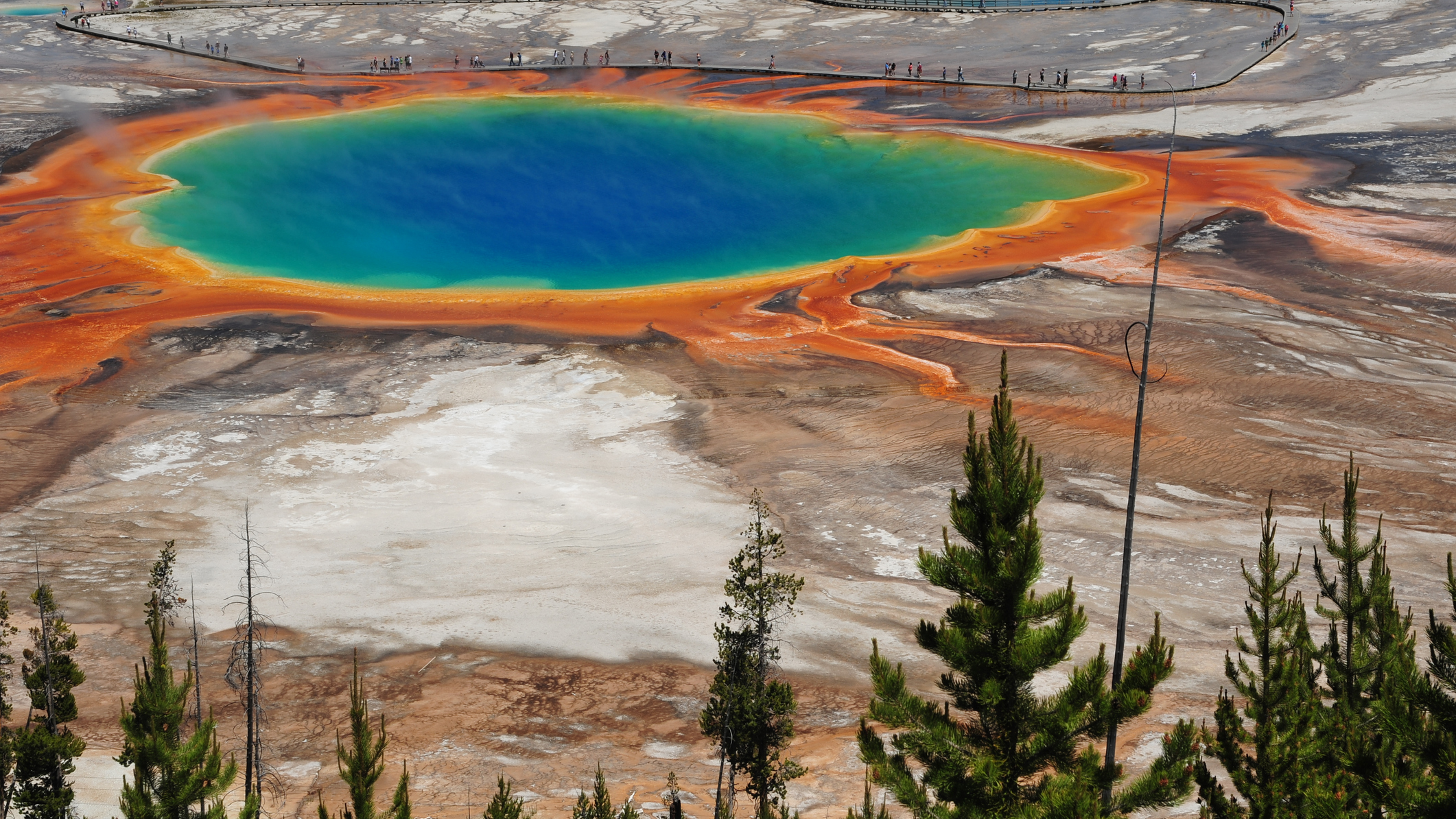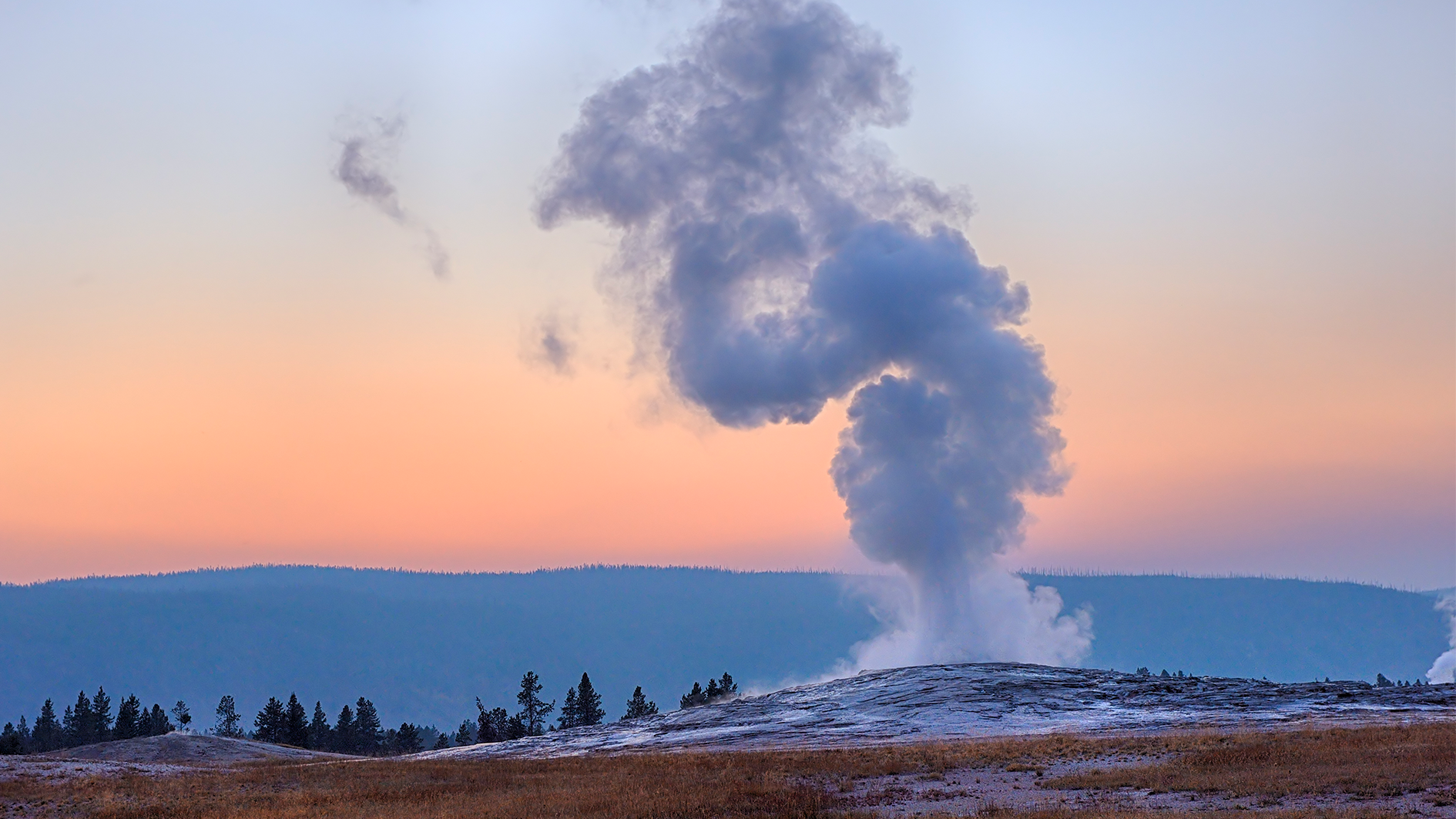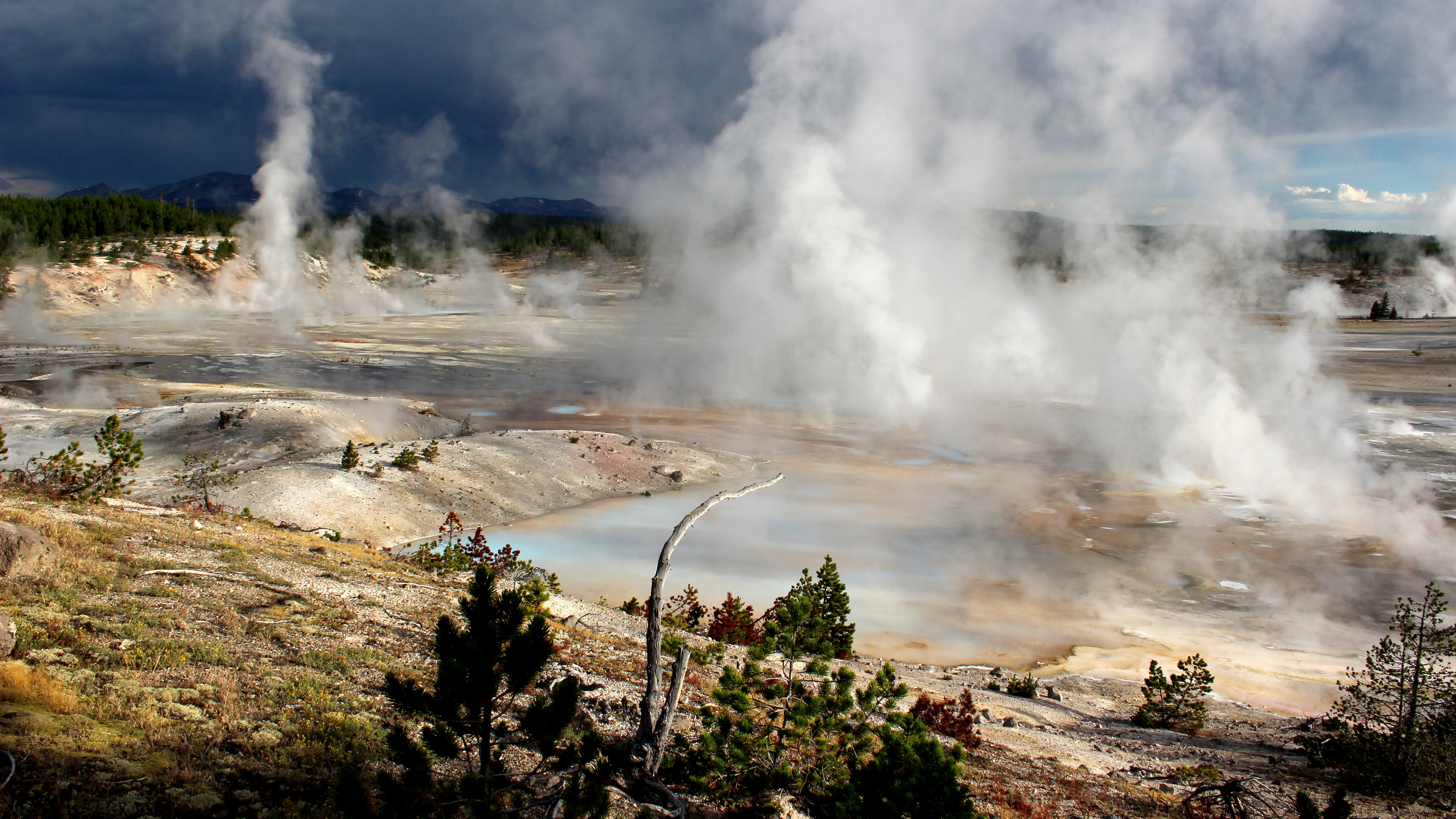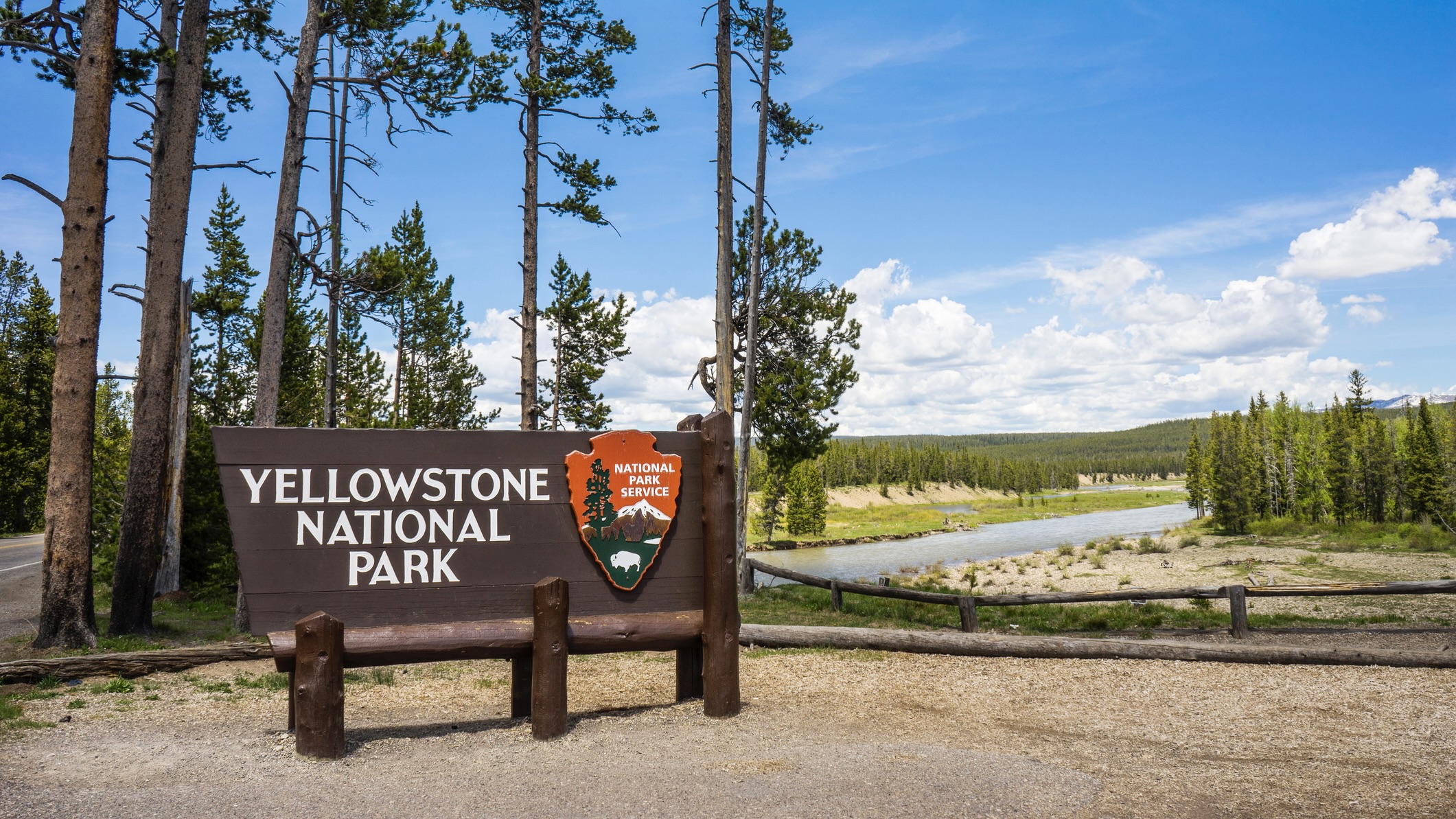
Scientists at Yellowstone National Park have uncovered a large, underground magma cap that is likely crucial to containing one of Earth's largest volcanic systems.
Hidden 2.4 miles (3.8km) beneath Yellowstone's northeast caldera, the cap acts as a lid for the intense heat and pressure below it, which could otherwise cause large-scale eruptions.
Its discovery paints a vivid picture of the magma reservoir beneath Yellowstone's surface and offers insight into how it's likely to behave.
Geologists at Rice University uncovered the cap using a 53,000lb (24,040kg) vibroseis truck, which sent small seismic waves into the ground to map beneath the surface. They revealed their findings in a paper published in Nature.
"For decades, we’ve known there’s magma beneath Yellowstone, but the exact depth and structure of its upper boundary has been a big question," co-author Professor Brandon Schmandt said in a statement.
"What we’ve found is that this reservoir hasn’t shut down - it’s been sitting there for a couple million years, but it’s still dynamic."

Magma activity in underground volcanic systems can cause gases like water and carbon dioxide to form bubbles, which can accumulate and fuel dangerous eruptions.
Thankfully, the research indicates that this isn't the case at Yellowstone.
"Its bubble and melt contents are below the levels typically associated with imminent eruption,” Schmandt continued.
“Instead, it looks like the system is efficiently venting gas through cracks and channels between mineral crystals, which makes sense to me given Yellowstone’s abundant hydrothermal features emitting magmatic gases.”
Located beneath the bubbling hot springs and geysers of America's oldest national park, the ancient Yellowstone caldera is one of the largest volcanic systems on Earth. Any eruption would be catastrophic, covering the surrounding 1,000 miles (1,609km) in multiple feet of molten ash.
It last erupted more than 640,000 years ago, spraying over 240 cubic miles (1000km3) of molten rock, dust, and volcanic ash into the atmosphere and wrecking the existing habitat.

Scientists at the Yellowstone Volcanic Observatory have previously said an eruption is unlikely in the near future.
In February, chief scientist Dr. Michael Poland used the metaphor of a boiling pot of water to describe Yellowstone's volcanic activity to KPAX-TV.
“If you know how hot the burner is, how much water there is, that calculation is possible. Well, right now for Yellowstone, the burner's not on," said Poland.
"I think that's also a reassuring bit that, you know, the stove isn't on in Yellowstone. So we're not worried about a volcanic event there in the near future. It would take a while for the water to get to boiling."

More than four million people visit Yellowstone National Park each year to hike, camp, and climb in the stunning North American wilderness.
- The best lightweight hiking boots and shoes: pick up speed on the trails and stay agile on your scrambles
- The best hiking pants: don't let winter slow you down with our top trail trousers







